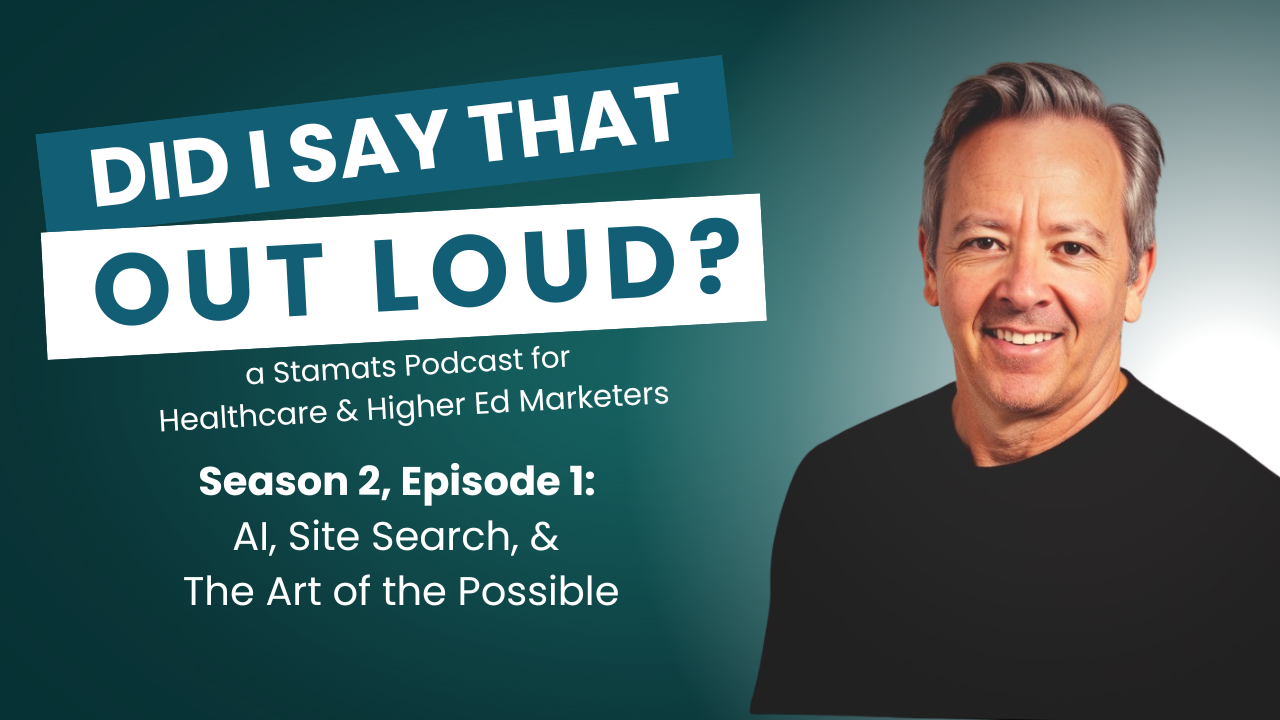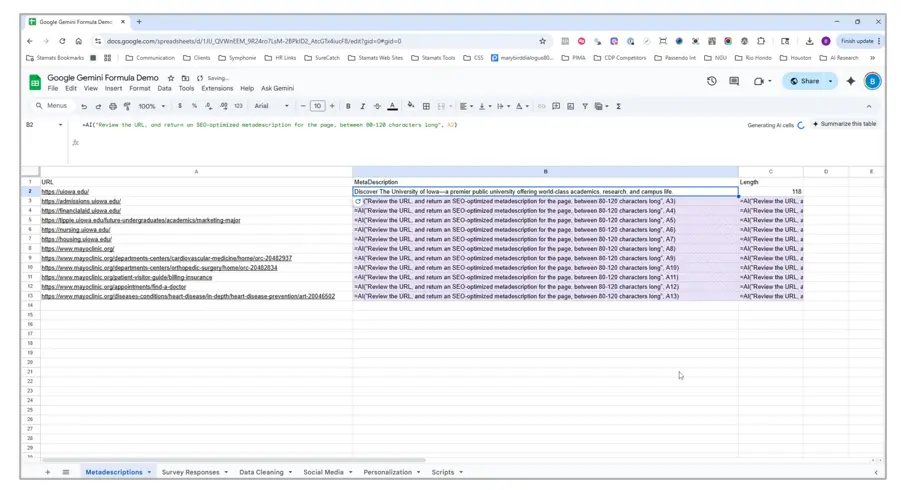Written by
on

Stories about a cute baby, a successful outcome, or a new piece of screening equipment are generally easy to produce, require minimal expert input, and tend to be generic.
While easy stories have their place, these pieces live in a crowded space with limited long-term return on investment.
But what if you looked a little deeper? What if you asked the tough, uncomfortable, or political questions? Those deep insights turn a generic article into a story with merit, credibility, and the WOW factor your audience craves.
Finding these stories requires a journalistic approach to uncover the story. And the outcome can be improved engagement, thought leadership credibility, and increased site traffic. Once your audience knows your articles are deeper, sophisticated, and personal, they’ll be back for more.
Fast, easy, & cheap? Or storytelling?
Too many organizations play it safe with topics instead of telling stories that deserve air or screen time:
- It’s too political.
- Dr. So-and-So will NEVER approve that comment.
- It’s a lot of work to track down this patient and that provider.
Solid healthcare storytelling can be challenging. Like nearly everything worth doing well, it takes that extra “something” to get the story, angle, and details just right. And that focused effort will set your stories apart from your competitors’ pieces.
Unfortunately, many healthcare organizations choose the FEC method of writing instead: “fast, easy, and cheap.” When your in-house or vendor team produces content without that extra step, you’ll likely publish the same content (albeit with slightly different wording) as your competitors. That’s no good for your brand or site SEO.
FEC scratches the surface of your organization’s and patients’ stories. To gather and publish the best stories, follow the DICES method instead.
DICES = Storytelling success
DICES is a storytelling methodology that is built around preparation, asking the right questions, and follow-through. When done right, the result is unique, strategic, and engaging content that makes an impactful first impression and provides the sticking power to generate return on your investment.
DICES, by the Letter
Differentiate
What unique or important thing do you have to say about this otherwise generic topic? We see this sticking point a lot in healthcare storytelling, from wide-appeal health and wellness topics to specialty services such as cancer or Ob/Gyn care.
People who are close to a subject sometimes mentally skip over what sets their expertise, team, or service apart from competitors. You need a solid content strategist to help identify and extract the differentiators—those emotional and intellectual hooks you can use to showcase expertise in a way that is relevant and impactful for the audience.
Investigate
Writers should not expect subject matter experts (SMEs) to automatically provide every detail for their story. It’s on the writer to ask focused, challenging, and unusual questions to get to the heart of their story.
Skip the generic Q&A (what is a heart attack?) and ask specific questions that extract differentiators (how does your team‘s approach to cardiac rehab differ from other centers’ methods?).
Prepare a series of questions, each one more pointed than the previous. If you don’t ask, you may not get the full story. Sometimes these questions strike gold, and sometimes they strike a nerve. Be ready for either scenario.
Connect
Each healthcare thought leadership piece should provide two levels of connection: with the business goal of the institution and with the intellectual goals of the SME.
In our experience, providers are about 50/50 when it comes to offering marketing soundbites along with their scientific explanations. Our job as writers is to round out their quips and phrases to make the necessary connections.
For example, we recently completed a patient-facing story about how a client’s new breast reconstruction surgery approach reduced operating time by 50%. Our challenge was to describe how amazing this new technique was to highlight expertise but also present the surgeons as extremely caring and sensitive to patients’ needs.
So, we shifted our questioning from “How do you do it so fast?” to “How does a fast procedure benefit patients?” As the SMEs elaborated, we revealed that while expediency was the intellectual hook, the reader (and business goal) connection was that the quicker procedure reduced risks such as infection and the need for an ICU stay. By making the connection on both ends, we helped the client tell a more impactful, engaging, and helpful story.
Effect
The word “effect” is doubly important in storytelling. As a noun, it means “the intended outcome,” and as a verb, it means “creating change.”
Following DICES, we tell the SME’s story in a way that resonates with the audience and moves them to action. Those actions might be sharing the story with others, signing up to receive more content, or making a hard conversion, such as scheduling an appointment.
The intention is conceived from the topic, angle, and tone of the story. The effect is delivered through a well-executed and ongoing strategy.
Strategize
Never undervalue the strategic underpinnings that make storytelling work for you and your audience. Namely, micro-conversion points that guide people through each piece to the next natural step.
Content strategy is the art of balancing the subtle with the obvious. For example, adding an inline link in a thought leadership article that to a related story is a gentle way of saying, “We want you to have this additional information to help you choose us.”
Subtlety is the name of the long marketing game. But sometimes a more obvious call to action, such as “Schedule an appointment,” is appropriate. It all depends on the tone, topic, and goals of your story.
Every call to action, subheading, image, and module you choose will affect the user experience. Their digital experience forms their initial opinion about your care team’s personality and expertise. Your team must be willing to strategize up front and track the data to determine what’s working, what’s not, and how to effectively bridge the gap between.
Storytelling keeps you top of mind
The healthcare marketing funnel twists and turns based on individual need. No one can (or should!) drive demand for certain health services. But through DICES methodology, we can help you stay top-of-mind when patients need care through impactful, strategic healthcare storytelling.
Ready to Get Started?
Reach out to us to talk about your strategy and goals.


